Smart Lighting Switches: A Smart Investment for Sustainable Businesses
In today’s fast-evolving business landscape, sustainability and efficiency are no longer optional—they’re essential for long-term success. One of the most impactful yet often overlooked upgrades a business can make is installing smart lighting switches. These intelligent devices go beyond simple on/off functionality, offering energy savings, automation, and seamless integration with other smart systems.
For businesses looking to reduce costs, enhance workplace comfort, and meet sustainability goals, smart lighting switches are a smart investment. This blog explores their benefits, key features, implementation strategies, and real-world business advantages.
1. What Are Smart Lighting Switches?
Smart lighting switches are advanced control systems that replace traditional light switches, enabling remote and automated management of lighting. Unlike basic switches, they connect to Wi-Fi, Bluetooth, or other smart home/business ecosystems (such as Google Home, Amazon Alexa, or Apple HomeKit).
Key Features of Smart Lighting Switches:
-
Remote Control: Adjust lights via smartphone apps from anywhere.
-
Voice Control: Compatible with voice assistants like Alexa and Google Assistant.
-
Automation & Scheduling: Lights turn on/off based on time, occupancy, or daylight.
-
Energy Monitoring: Track electricity usage to optimize efficiency.
-
Integration with Smart Systems: Works with security, HVAC, and IoT devices.
2. Why Businesses Should Invest in Smart Lighting Switches
A. Significant Energy & Cost Savings
-
Traditional lighting accounts for ~15-20% of commercial electricity use (U.S. DOE).
-
Smart switches reduce waste by automatically turning off lights in unoccupied rooms.
-
Case Study: A retail store in California cut lighting costs by 30% after installing motion-activated smart switches.
B. Enhanced Workplace Productivity & Comfort
-
Tunable white lighting can adjust based on time of day, reducing eye strain.
-
Automated lighting creates a more professional and responsive environment.
C. Improved Security & Safety
-
Smart switches can simulate occupancy to deter burglars when the business is closed.
-
Emergency lighting automation ensures pathways stay lit during power outages.
D. Sustainability & Corporate Responsibility
-
Lower energy consumption reduces carbon footprint.
-
Smart lighting supports LEED and BREEAM certification for green buildings.
3. Types of Smart Lighting Switches for Businesses
| Type | Best For | Pros | Cons |
|---|---|---|---|
| Wi-Fi Smart Switches | Offices, Retail Stores | No hub required, easy to install | Can strain network bandwidth |
| Zigbee/Z-Wave | Large buildings, Warehouses | Low power, strong mesh network | Requires a hub (e.g., SmartThings) |
| Occupancy Sensors | Restrooms, Conference Rooms | Automatically turns off when vacant | May need calibration |
| Dimmable Smart Switches | Hotels, Restaurants | Adjustable brightness for ambiance | Slightly higher upfront cost |
4. How to Implement Smart Lighting in Your Business
Step 1: Assess Your Lighting Needs
-
Identify high-usage areas (hallways, restrooms, storage rooms).
-
Decide between full rewiring or retrofit smart switches.
Step 2: Choose the Right Smart Switch System
-
For small businesses: Wi-Fi or Bluetooth switches (e.g., TP-Link Kasa).
-
For large facilities: Zigbee/Z-Wave with a central hub (e.g., Lutron Caséta).
Step 3: Ensure Compatibility & Scalability
-
Check if switches work with existing smart systems (e.g., HVAC, security cameras).
-
Plan for future expansions (adding more switches or IoT devices).
Step 4: Professional Installation vs. DIY
-
DIY: Possible for small setups with plug-and-play switches.
-
Professional Installation: Recommended for complex wiring and compliance with electrical codes.
Step 5: Train Staff & Set Automation Rules
-
Teach employees how to use app controls.
-
Set schedules (e.g., lights off after closing time) and motion sensor triggers.
5. Overcoming Common Challenges
A. High Initial Cost
-
Solution: Calculate ROI—most businesses recoup costs in 1-3 years via energy savings.
B. Network Security Risks
-
Solution: Use switches with encryption and regular firmware updates.
C. Employee Resistance to Change
-
Solution: Demonstrate benefits (e.g., "Lights auto-off at 7 PM—no more manual checks!").
6. Future Trends in Smart Lighting for Businesses
-
AI-Powered Lighting: Systems that learn usage patterns and self-optimize.
-
Li-Fi (Light Fidelity): Internet through LED lights for faster, more secure data transfer.
-
Solar-Powered Smart Switches: Off-grid solutions for sustainable operations.
Conclusion
Smart lighting switches are more than a convenience—they’re a strategic investment for modern businesses. From slashing energy bills to improving security and employee well-being, the benefits are clear.
By carefully selecting the right switches, integrating them with existing systems, and training staff, businesses can achieve long-term sustainability and efficiency gains.
Ready to upgrade? Start with a smart lighting audit to identify the best solutions for your business!
No comments




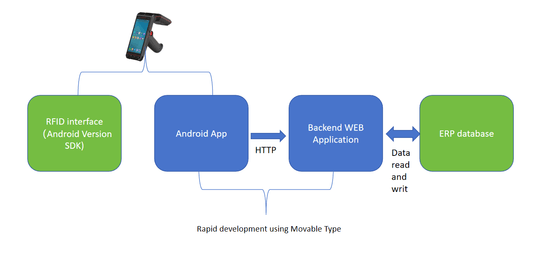
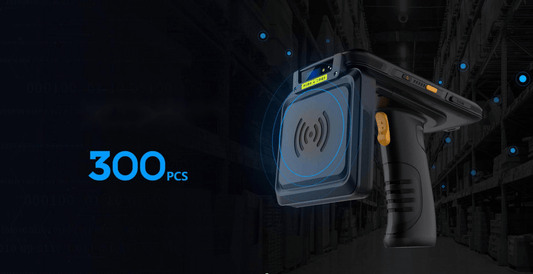
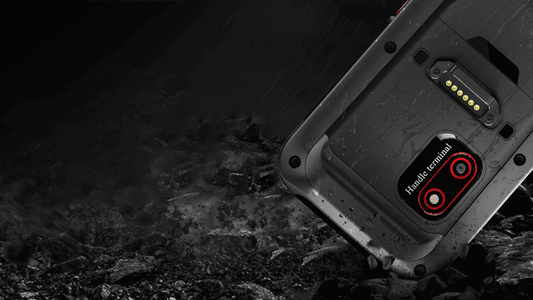


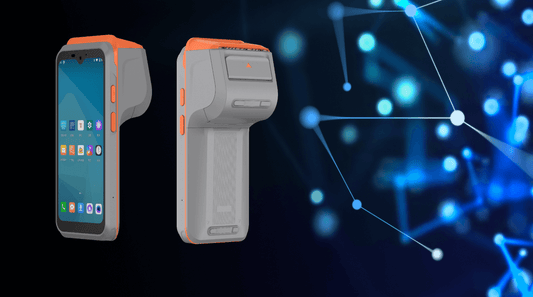
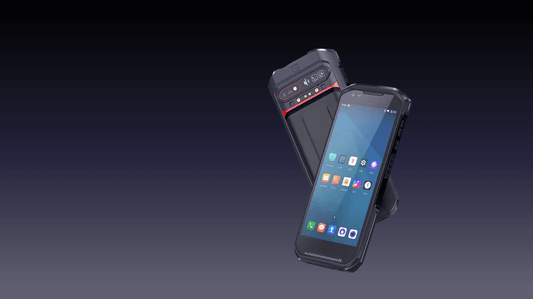
0 comments